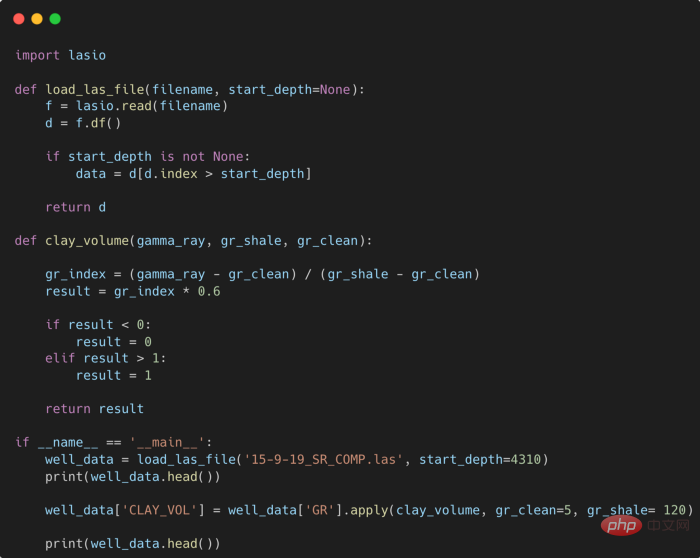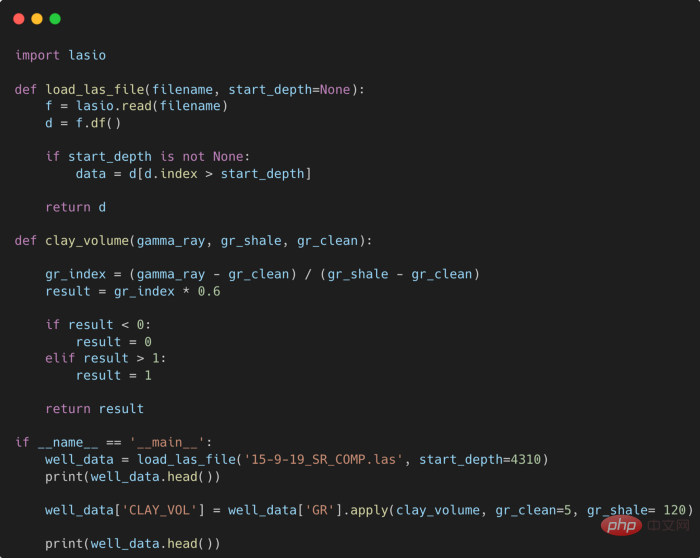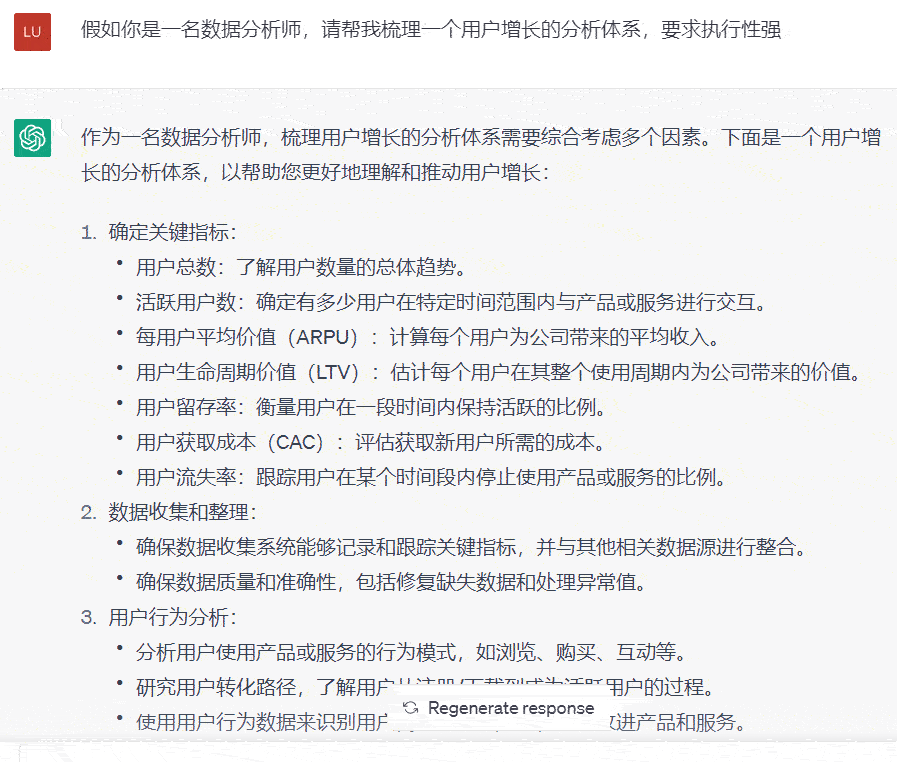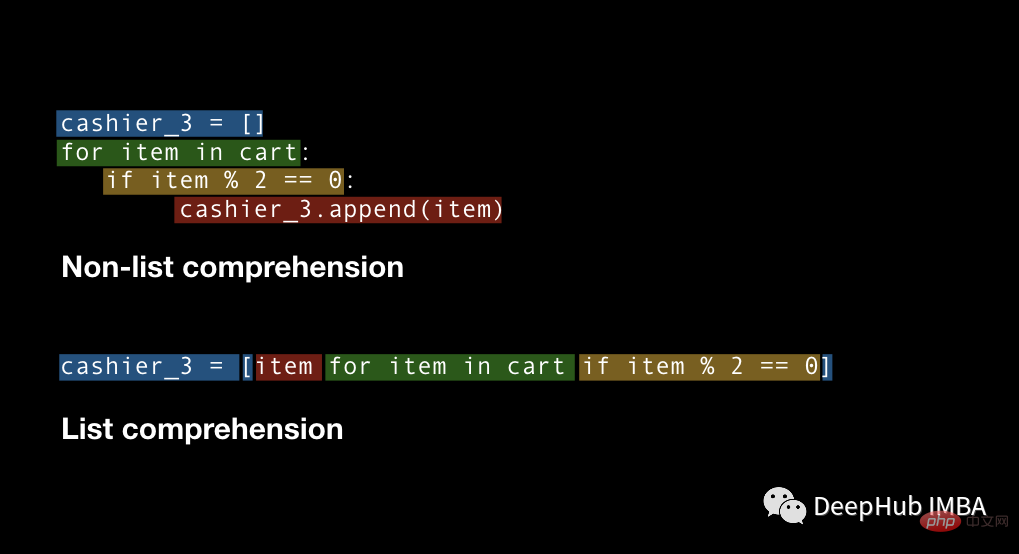
Use PHP-FPM tips to improve website performance
As the complexity of web applications and the number of users increase, optimizing website performance becomes increasingly important. important. PHP-FPM (FastCGI Process Manager) is a tool for managing PHP processes. It can help us effectively improve the performance and throughput of the website.
In this article, we will introduce some tips for using PHP-FPM to help you better optimize and improve your website performance.
- Configure PHP-FPM pool
PHP-FPM manages the process pool through configuration files. You can modify the default configuration by editing the php-fpm.conf file. Here are some common configuration parameters that can be adjusted to suit your needs:
pm.max_children - Defines the maximum number of child processes in the process pool. Depending on your server configuration and load, adjusting this value appropriately can improve performance.
pm.start_servers - Defines the initial number of child processes at startup. Set to an appropriate value to speed up startup time.
pm.min_spare_servers and pm.max_spare_servers - define the minimum and maximum number of idle child processes. Depending on your load, adjusting these values can avoid processes being idle for too long or not enough.
- Using OPcache
OPcache is a built-in PHP code caching tool officially provided by PHP. By enabling and configuring OPcache, the execution speed of PHP scripts can be greatly improved. Here are some configuration suggestions:
opcache.enable - Enables OPcache.
opcache.memory_consumption - Defines the memory consumption of OPcache. Increasing this value appropriately can improve caching effectiveness, but be sure not to exceed the memory available to the server.
opcache.max_accelerated_files - Defines the maximum number of accelerated files. Setting this value to a higher amount increases cache coverage.
- Use caching technology
By using caching technology, the number of database queries and file reads can be greatly reduced, thereby improving the response speed of the website. Here are some common caching technologies and usage examples:
Memcached - Memcached is a distributed memory object caching system. You can use PHP's Memcached extension to connect to and operate a Memcached server. The sample code is as follows:
$memcached = new Memcached();
$memcached->addServer('127.0.0.1', 11211);
$key = 'cache-key';
$data = $memcached->get($key);
if ($data === false) {
$data = fetchDataFromDatabase(); // 从数据库获取数据
$memcached->set($key, $data, 3600); // 将数据缓存到Memcached中,有效期为1小时
}
// 使用$data进行后续操作Redis - Redis is also a high-performance in-memory key-value database. You can use PHP's Redis extension to connect to and operate a Redis server. The sample code is as follows:
$redis = new Redis();
$redis->connect('127.0.0.1', 6379);
$key = 'cache-key';
$data = $redis->get($key);
if ($data === false) {
$data = fetchDataFromDatabase(); // 从数据库获取数据
$redis->set($key, $data, 3600); // 将数据缓存到Redis中,有效期为1小时
}
// 使用$data进行后续操作- Multi-level caching strategy
For some popular pages and frequently accessed data, you can use a multi-level caching strategy to improve performance. For example, you can cache static content on a CDN, dynamic content in Redis or Memcached, and use local file caching.
By using this multi-level caching strategy, the number of database queries and code executions can be reduced, thereby greatly improving the performance and response speed of the website.
Summary
By using PHP-FPM techniques to optimize website performance, the performance and throughput of the website can be greatly improved. By properly adjusting the configuration of PHP-FPM, enabling and configuring OPcache, using caching technology, and implementing multi-level caching strategies, you can effectively reduce the number of database queries and file reads, and improve the server's response speed and processing capabilities.
However, it is necessary to choose an appropriate optimization strategy based on the actual situation and load, and test and monitor it to ensure that it will not affect the user experience and website availability.
The above is the detailed content of Use PHP-FPM tips to improve website performance. For more information, please follow other related articles on the PHP Chinese website!
 提高 Python 代码可读性的五个基本技巧Apr 12, 2023 pm 08:58 PM
提高 Python 代码可读性的五个基本技巧Apr 12, 2023 pm 08:58 PMPython 中有许多方法可以帮助我们理解代码的内部工作原理,良好的编程习惯,可以使我们的工作事半功倍!例如,我们最终可能会得到看起来很像下图中的代码。虽然不是最糟糕的,但是,我们需要扩展一些事情,例如:load_las_file 函数中的 f 和 d 代表什么?为什么我们要在 clay 函数中检查结果?这些函数需要什么类型?Floats? DataFrames?在本文中,我们将着重讨论如何通过文档、提示输入和正确的变量名称来提高应用程序/脚本的可读性的五个基本技巧。1. Comments我们可
 使用PHP开发直播功能的十个技巧May 21, 2023 pm 11:40 PM
使用PHP开发直播功能的十个技巧May 21, 2023 pm 11:40 PM随着直播业务的火爆,越来越多的网站和应用开始加入直播这项功能。PHP作为一种流行的服务器端语言,也可以用来开发高效的直播功能。当然,要实现一个稳定、高效的直播功能需要考虑很多问题。下面列出了使用PHP开发直播功能的十个技巧,帮助你更好地实现直播。选择合适的流媒体服务器PHP开发直播功能,首先需要考虑的就是流媒体服务器的选择。有很多流媒体服务器可以选择,比如常
 提高Python代码可读性的五个基本技巧Apr 11, 2023 pm 09:07 PM
提高Python代码可读性的五个基本技巧Apr 11, 2023 pm 09:07 PM译者 | 赵青窕审校 | 孙淑娟你是否经常回头看看6个月前写的代码,想知道这段代码底是怎么回事?或者从别人手上接手项目,并且不知道从哪里开始?这样的情况对开发者来说是比较常见的。Python中有许多方法可以帮助我们理解代码的内部工作方式,因此当您从头来看代码或者写代码时,应该会更容易地从停止的地方继续下去。在此我给大家举个例子,我们可能会得到如下图所示的代码。这还不是最糟糕的,但有一些事情需要我们去确认,例如:在load_las_file函数中f和d代表什么?为什么我们要在clay函数中检查结果
 PHP中的多表关联查询技巧May 24, 2023 am 10:01 AM
PHP中的多表关联查询技巧May 24, 2023 am 10:01 AMPHP中的多表关联查询技巧关联查询是数据库查询的重要部分,特别是当你需要展示多个相关数据库表内的数据时。在PHP应用程序中,在使用MySQL等数据库时,多表关联查询经常会用到。多表关联的含义是,将一个表中的数据与另一个或多个表中的数据进行比较,在结果中将那些满足要求的行连接起来。在进行多表关联查询时,需要考虑表之间的关系,并使用合适的关联方法。下面介绍几种多
 Python中简单易用的并行加速技巧Apr 12, 2023 pm 02:25 PM
Python中简单易用的并行加速技巧Apr 12, 2023 pm 02:25 PM1.简介我们在日常使用Python进行各种数据计算处理任务时,若想要获得明显的计算加速效果,最简单明了的方式就是想办法将默认运行在单个进程上的任务,扩展到使用多进程或多线程的方式执行。而对于我们这些从事数据分析工作的人员而言,以最简单的方式实现等价的加速运算的效果尤为重要,从而避免将时间过多花费在编写程序上。而今天的文章费老师我就来带大家学习如何利用joblib这个非常简单易用的库中的相关功能,来快速实现并行计算加速效果。2.使用joblib进行并行计算作为一个被广泛使用的第三方Python库(
 Go语言中的网络爬虫开发技巧Jun 02, 2023 am 09:21 AM
Go语言中的网络爬虫开发技巧Jun 02, 2023 am 09:21 AM近年来,随着网络信息的急剧增长,网络爬虫技术在互联网行业中扮演着越来越重要的角色。其中,Go语言的出现为网络爬虫的开发带来了诸多优势,如高速度、高并发、低内存占用等。本文将介绍一些Go语言中的网络爬虫开发技巧,帮助开发者更快更好地进行网络爬虫项目开发。一、如何选择合适的HTTP客户端在Go语言中,有多种HTTP请求库可供选择,如net/http、GoRequ
 使用一个神器的指令,能迅速让你的GPT拥有智慧!May 09, 2023 am 08:13 AM
使用一个神器的指令,能迅速让你的GPT拥有智慧!May 09, 2023 am 08:13 AM今天给大家分享二个小技巧,第一个可以增加输出的逻辑,让框架逻辑变的更加清晰。先来看看正常情况下GPT的输出,以用户增长分析体系为例:下来我给加一个简单的指令,我们再对比看看效果:是不是效果更好一些?而且逻辑很清晰,当然上面的输出其实不止这些,只是为了举例而已。我们直接让GPT扮演一个资深的Python工程师,帮我写个学习计划吧!提问的时候只需后面加以下这句话即可!let'sthinkstepbystep接下来再看看第二个实用的指令,可以让你的文章更上一个台阶,比如我们让GPT写一个述职报告,这里
 四种Python推导式开发技巧,让你的代码更高效Apr 22, 2023 am 09:40 AM
四种Python推导式开发技巧,让你的代码更高效Apr 22, 2023 am 09:40 AM对于数据科学,Python通常被广泛地用于进行数据的处理和转换,它提供了强大的数据结构处理的函数,使数据处理更加灵活,这里说的“灵活性”是什么意思?这意味着在Python中总是有多种方法来实现相同的结果,我们总是有不同的方法并且需要从中选择易于使用、省时并能更好控制的方法。要掌握所有的这些方法是不可能的。所以这里列出了在处理任何类型的数据时应该知道的4个Python技巧。列表推导式ListComprehension是创建列表的一种优雅且最符合python语言的方法。与for循环和if语句相比,列


Hot AI Tools

Undresser.AI Undress
AI-powered app for creating realistic nude photos

AI Clothes Remover
Online AI tool for removing clothes from photos.

Undress AI Tool
Undress images for free

Clothoff.io
AI clothes remover

AI Hentai Generator
Generate AI Hentai for free.

Hot Article

Hot Tools

Safe Exam Browser
Safe Exam Browser is a secure browser environment for taking online exams securely. This software turns any computer into a secure workstation. It controls access to any utility and prevents students from using unauthorized resources.

ZendStudio 13.5.1 Mac
Powerful PHP integrated development environment

SublimeText3 English version
Recommended: Win version, supports code prompts!

Zend Studio 13.0.1
Powerful PHP integrated development environment

Dreamweaver CS6
Visual web development tools






